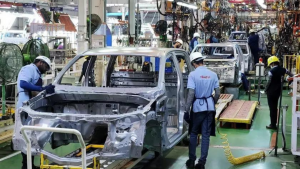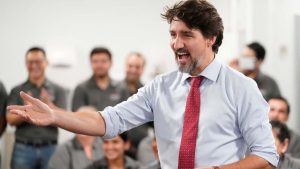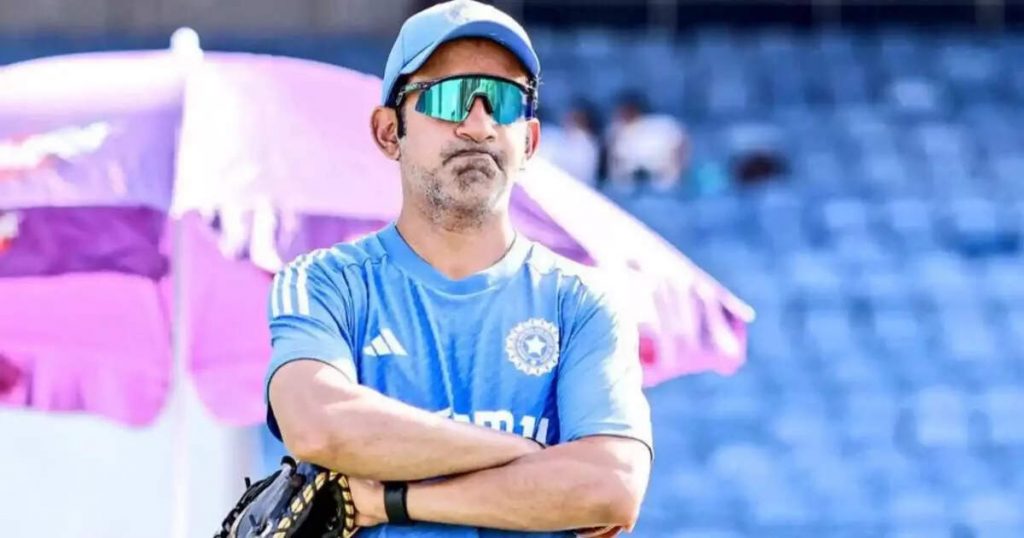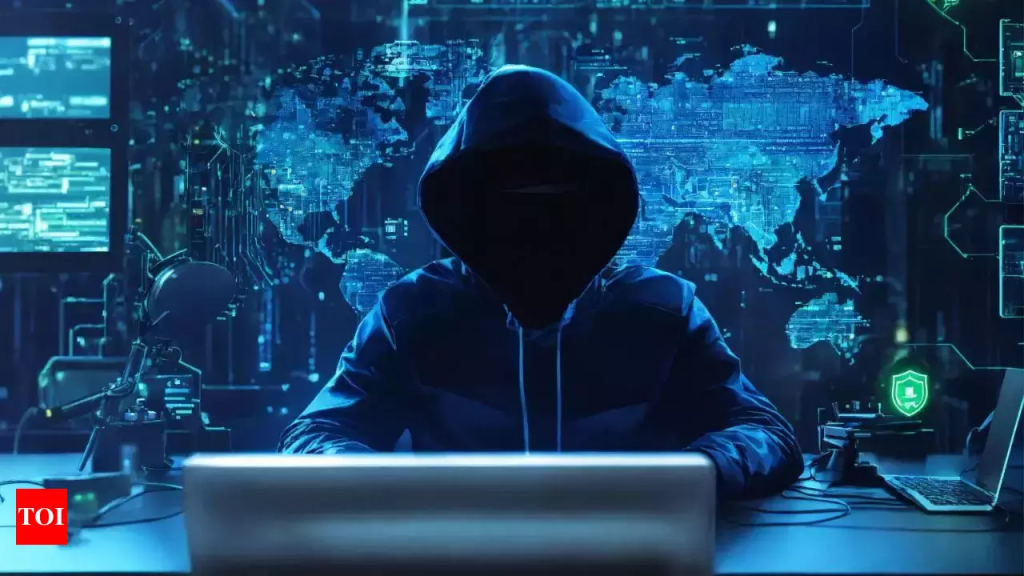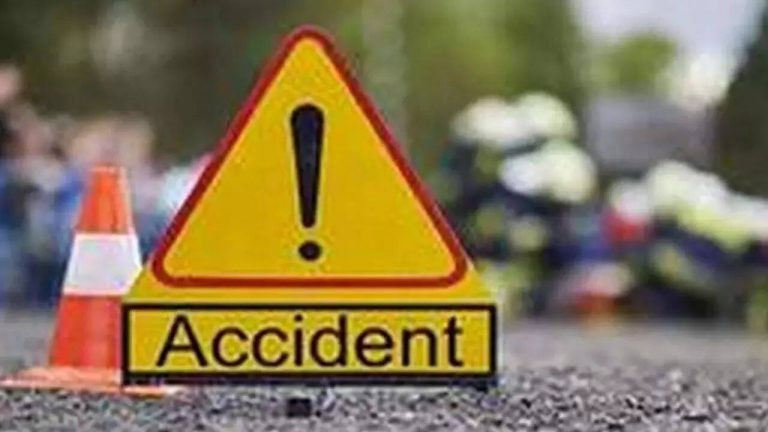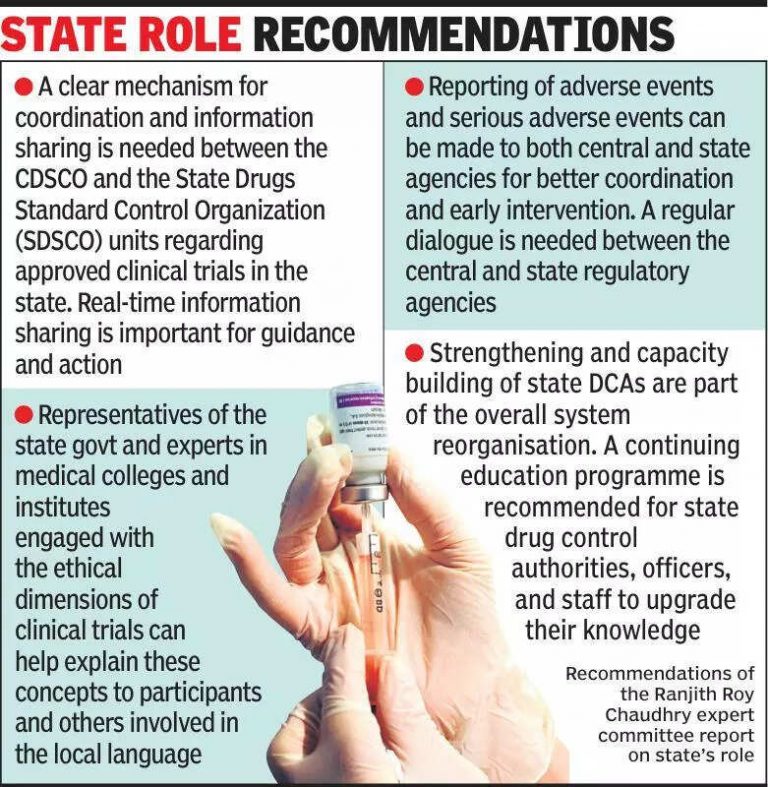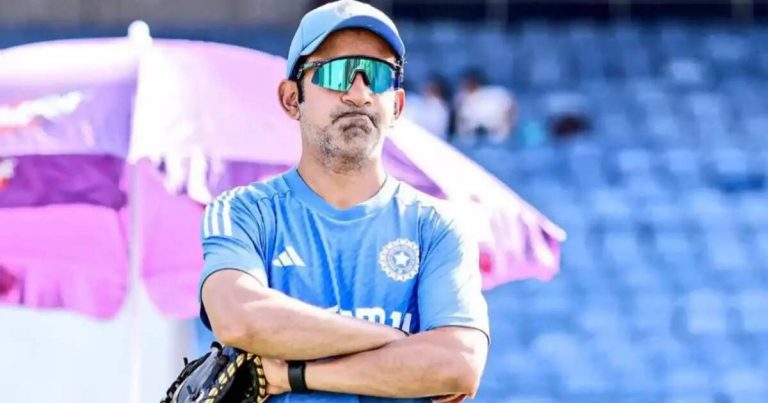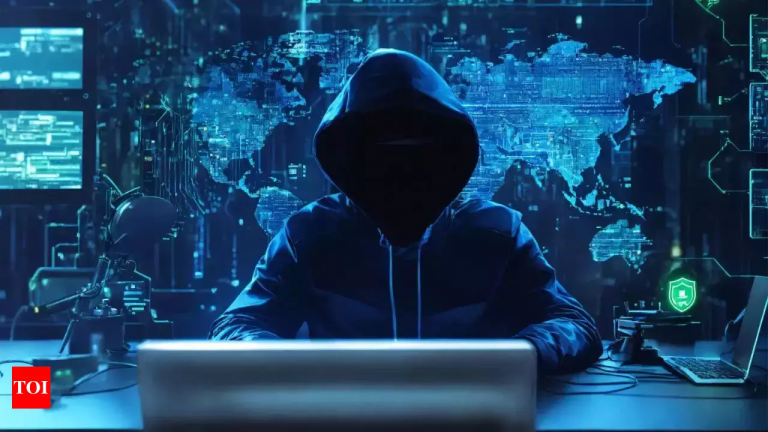Indian Prime Minister Narendra Modi announced a nationwide lockdown in India to combat the spread of the COVID-19 virus. The lockdown, which was implemented on March 24, 2020, aimed to curb the rising number of coronavirus cases in the country. The restrictions included the closure of schools, colleges, malls, gyms, and other public places. Only essential services such as grocery stores, pharmacies, and hospitals were allowed to remain open. Citizens were instructed to stay at home and practice social distancing to prevent the further spread of the virus. The lockdown had a significant impact on the economy, with businesses facing closures and job losses. However, it was deemed necessary to protect the health and safety of the population. The Indian government also launched various relief measures to support those affected by the lockdown. As the number of cases continued to rise, the lockdown was extended multiple times before being gradually lifted in phases. Despite the challenges posed by the lockdown, it helped in slowing down the spread of the virus and gave the healthcare system time to prepare for the pandemic. The government urged citizens to follow safety guidelines such as wearing masks, washing hands frequently, and getting vaccinated to prevent a resurgence of the virus. The lockdown period was a challenging time for the country, but it highlighted the resilience and unity of the Indian people in the face of adversity.
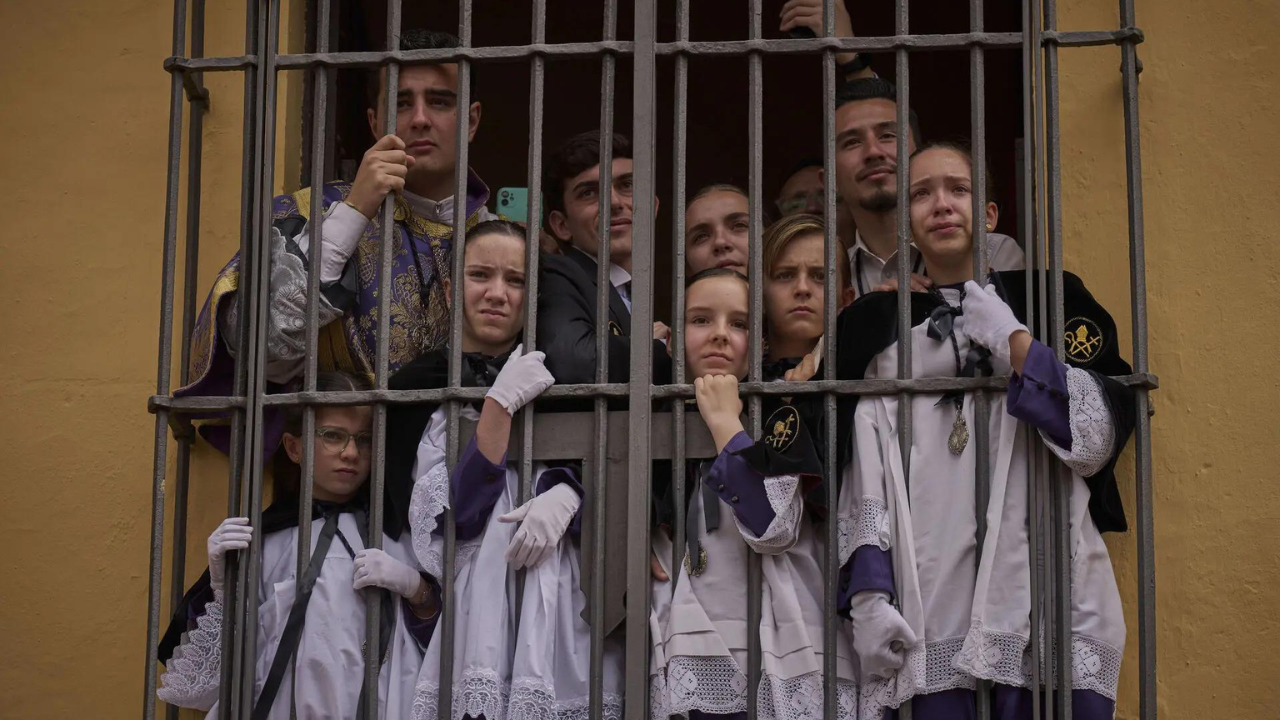
Posted in
JUST IN
“India’s economy shows signs of recovery with GDP growth surpassing expectations in latest quarter.”
In Trend
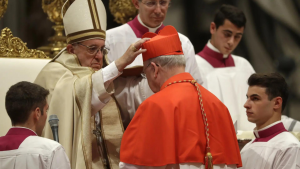
Cardinal Kevin Farrell steps into the spotlight as Vatican’s camerlengo post Pope Francis’s death.
